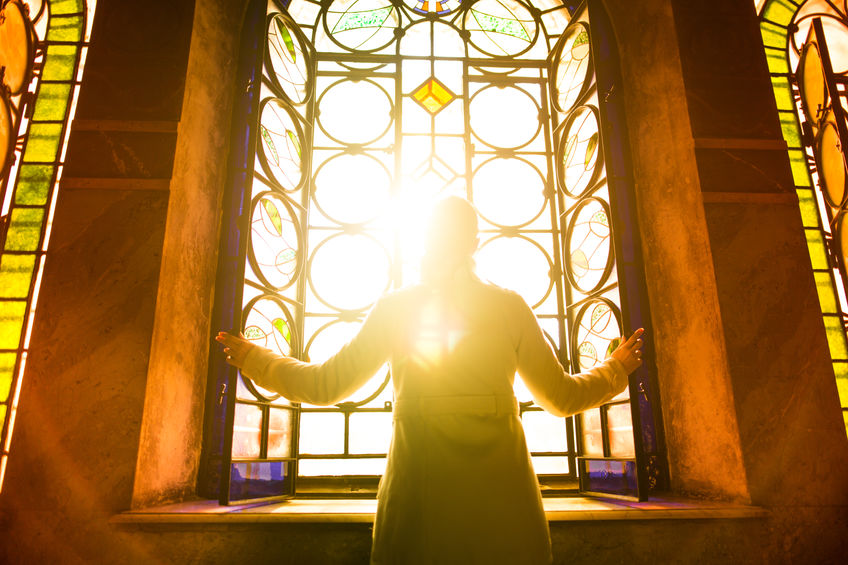Stained glass windows have been a traditional part of religious architecture for decades and continue to be incorporated into the modern church, temple, and mosque designs today. They have a rich history of visual symbolism and offer many practical benefits to the people surrounded by their invigorating beauty.
On account of the complex artistry involved, stained glass windows were typically the last item to be installed in a new church, and many years would pass until the final window was completed. As technology improved over time, stained glass windows grew larger and larger, becoming packed with all kinds of symbolism.
Here are a few reasons why religious buildings worldwide still incorporate stained glass into their architecture.
Natural Light
Light is an important symbol in many religions. It represents purity, the heavens, spirituality, and genesis. Stained glass windows are never static. They are animated by changing light throughout the day, and their patterns wander across the floor. This glass was essential to the fabric of ancient churches, illuminating the building and the people within, both literally and spiritually. Stained glass provides a certain level of privacy that ordinary windows do not without blocking light transmission.
In Jerusalem’s Islamic architecture, stained glass is mainly used as an ornamental feature in the interior design of mosques and madrasas (theological institutions) like the Dome of the Rock and al-Aqsa Mosque. Light penetrating through colored glass projects the lavish patterns on the interior surfaces.
Color
Stained glass is known for its vibrant colors. These complex patterns of different colored glasses can produce a stunning effect. The Nasīr al-Mulk Mosque in Shiraz, Iran, has stained glass intricately placed to produce a breathtaking kaleidoscope effect. Once the sunlight hits the stained glass, the entire building is flooded by a vibrant rainbow of colors. In popular culture, the mosque is also called Pink Mosque because its tiles are beautifully decorated with a pinkish rose color.
The colors used in stained glass can represent different things depending on what religious building the glass was designed for. In many Catholic churches, stained glass color has deep meaning. Black stands for death, while a blue color portrays heavenly love and the Virgin Mary. Brown can represent spiritual death, gray for mourning, and green for charity. Purple signifies royalty and God the Father, while red stands for love, hate, and martyred saints. All these colors construct a beautiful piece of an artistic glass packed with religious symbolism.
Storytelling
Stained glass windows were once used to educate people who could not read. People could learn about the stories of the Bible, the church, and religious teachings by looking at the painted scenes in the glass. The windows were expensive to produce, so patron’s names were etched on the bottom to encourage donations. In larger medieval churches, the patrons themselves would be depicted in the glass along with the saints. Despite the small amount of text on a stained glass window, stories were primarily told through images. Today, stained glass works similarly as its imagery reminds worshipers of important values and lessons.
Common symbols that were used to represent different religious figures in Christianity were a cross or lamb for Jesus Christ, a flame or dove for the Holy Spirit, or blue robes to signify the Virgin Mary. Images placed higher up on the glass stood for “heavenly” figures, while lower images stood for “earthly” figures. Kings would be painted twice the size of their subjects in order to highlight their importance, and holy figures were painted with halos above their heads.
It is truly a magical experience to walk into a place of worship and be bathed in the light of colorful glass. Stained glass continues to be relevant and used in modern religious buildings today because of its symbolic meaning and simplistic beauty.
Unfortunately, many religious stained glass windows are now beginning to age to the point of deterioration. Many factors lead to deterioration, including overexposure to sunlight, wind, humidity, and other weather extremes. Whether you want to restore your stained glass or add new religious windows to your place of worship, Cumberland Stained Glass can help. Call (717) 691-8290 to contact a knowledgeable stained glass professional and incorporate the enchanting designs of colorful glass into your religious building.
